We must improve the way we treat pain in order to reverse the opioid epidemic, according to the CDC. Preventing substance abuse, addiction, and overdose before they occur is key to this process. In addition, increasing access to harm reduction programs and a variety of treatment options will work to reduce the rates of addiction and overdose fatalities.
This guide provides recommendations using the prevent, reduce, reverse framework from the CDC.
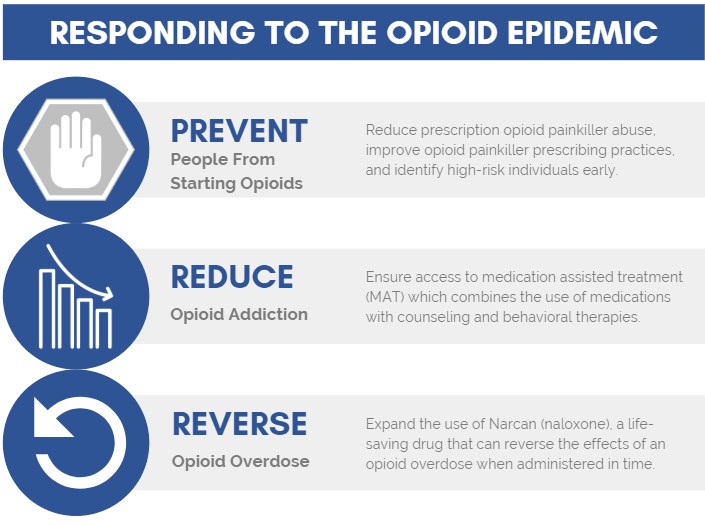
Opioids are a class of drugs used to reduce pain and include prescription opioids, synthetic opioids, and heroin. Prescription opioids have been widely accepted as the standard for pain management despite the risk of addiction and lack of evidence supporting their long-term effectiveness.
Commonly Prescribed Opioids
- Codeine
- Morphine
- Methadone
- Fentanyl
- Tramadol
- Oxycodone
- Bitatrate
- Hydrocodone
- Hydromorphone
- Oxymorphone
- Meperidine
- Propoxyphene

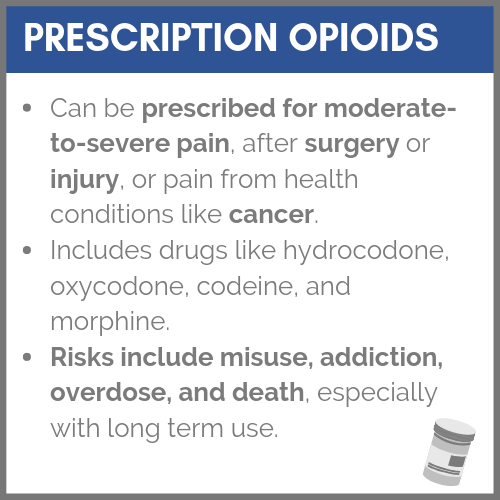
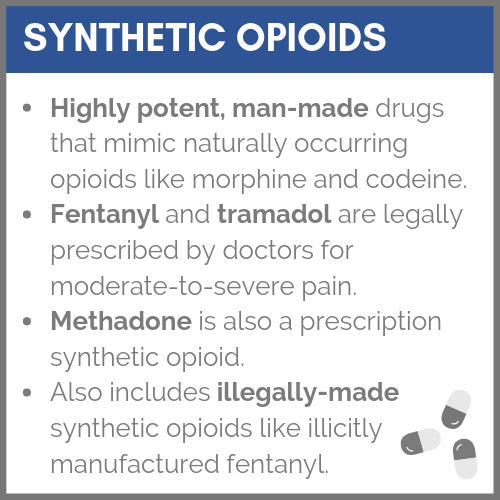
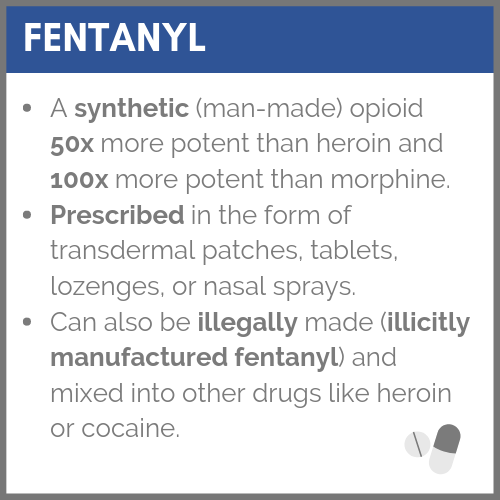
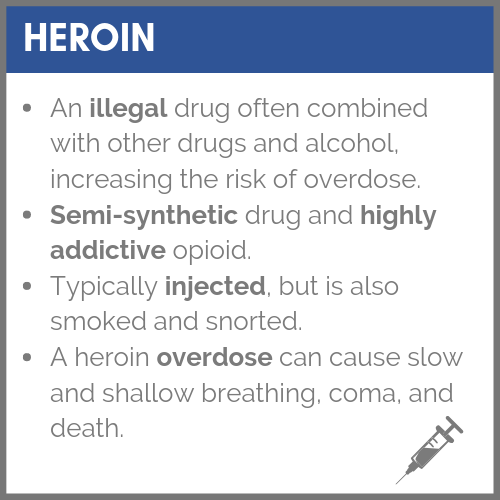
According to the National Institute on Drug Abuse, people with addiction consistently and compulsively seek drugs and/or alcohol despite the risks and consequences associated with use. Addiction disrupts the normal functions of the brain by changing the circuits responsible for reward, stress, and self-control.
Many factors contribute to a person's risk of addiction including biological factors such as genetics, gender, stages of development and environmental factors such as home and school environments. Because the brain continues to grow and develop until age 25, teens are particularly at risk of developing addiction and facing long-lasting consequences even after treatment.
According to the CDC, as many as 1 in 4 patients receiving long-term opioid therapy in a primary care setting struggles with opioid addiction. Opioids are highly addictive regardless of whether they are prescribed by a doctor or obtained illegally. Luckily, there are many ways to prevent opioid addiction and resources for those who are already struggling.

Oftentimes, people struggling with substance abuse will attempt to hide their symptoms. There are several common warning signs to look for if you are concerned that a loved one, friend, or co-worker is struggling with addiction.
Physical Signs:
- Bloodshot eyes
- Dilated or enlarged pupils
- Changes in appetite or weight
- Decreased grooming habits
- Change in physical appearance
Behavioral Signs:
- Strained relationships
- Secretive or suspicious behavior
- Neglecting responsibilities
- Financial burden or need for money
- Sudden change in friends or hobbies
Psychological Signs:
- Feelings of unexplained anxiety/paranoia
- Lack of motivation
- Fatigue
- Increased energy or nervousness
- Feelings of instability
- Mood swings or outbursts of anger
- Unexplained change in personality
Opioid Overview






